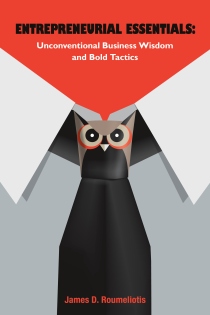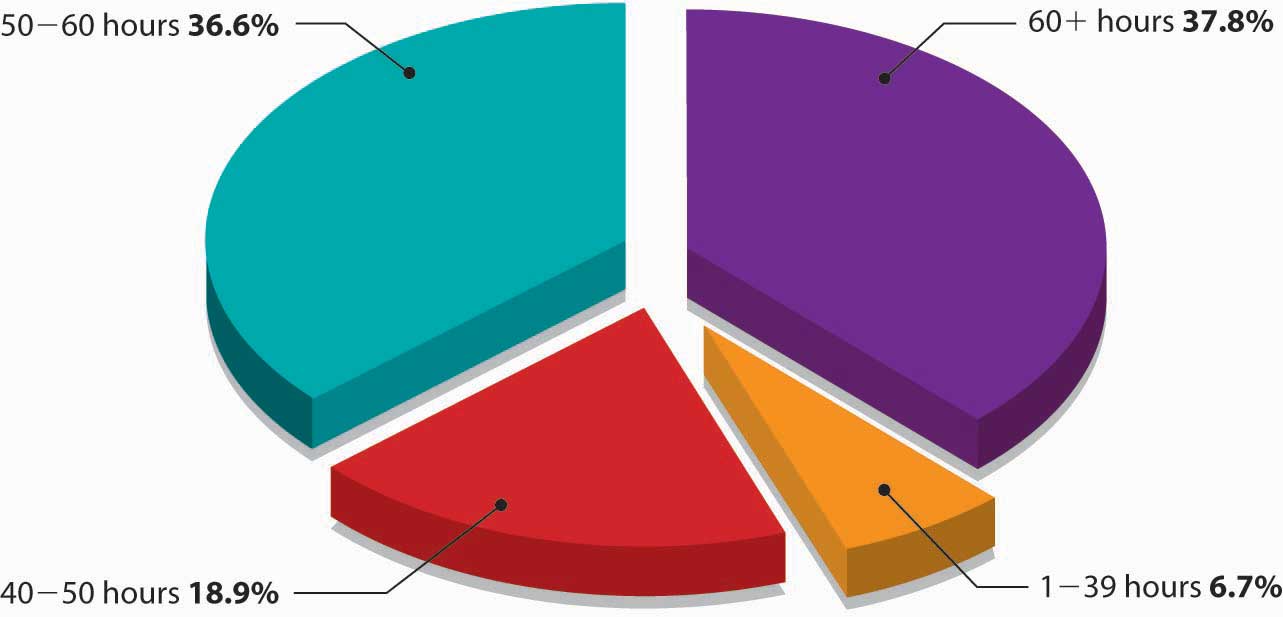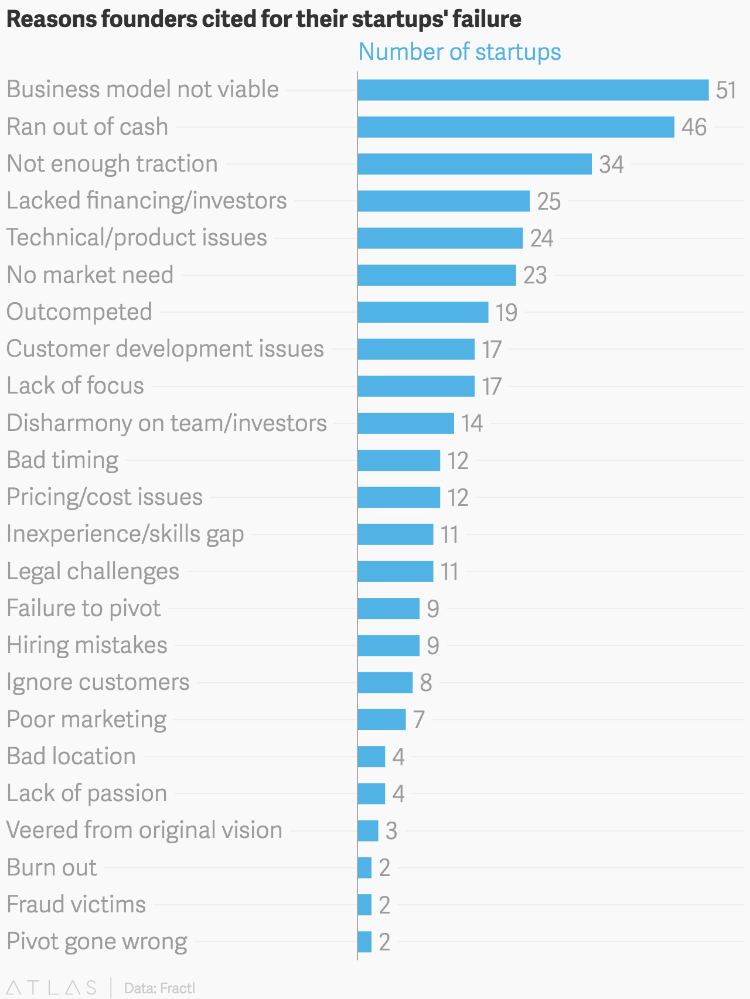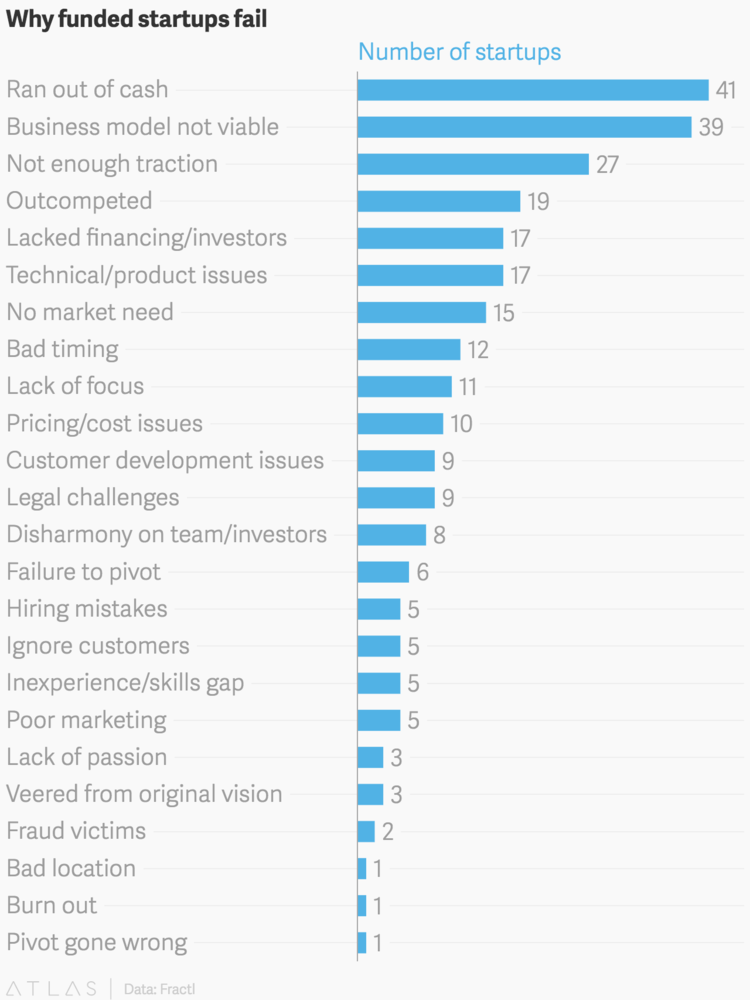By James D. Roumeliotis

According to the Oxford dictionary, the noun “complacency” is defined as “A feeling of smug or uncritical satisfaction with oneself or one’s achievements.” It happens in some people’s lives, as well as in organizations, whether for profit or not. In the former case, complacency in one’s personal life includes fear of failure, remaining in the comfort zone, and being concerned about what others think. These can inhibit our potential, happiness, relationships, and fulfillment. In business, complacency includes low overall performance expectations, insufficient performance feedback along with unclear operational objectives for each employee, disengagement, lack of passion, and lack of investment in the operation and/or others. In both cases, uncritically satisfied with oneself or one’s achievements, smug, and apathetic with regard to an apparent need or problem.
Status Quo: The Silent Disease
Complacency is the quiet business killer that strikes without notice and has the power to destroy even the most successful businesses. The problem with many businesses, regardless of the sector they are in, is they are content with the status quo. A status quo bias minimizes the risks associated with change, but it also causes people to miss out on potential benefits that might even outweigh the risks. Consider the flawed proverb, “If it ain’t broken, don’t fix it.” It denotes to leave something alone and refrain from correcting or improving what is already working because any attempt of improvement may be risky and backfire. It has been used in the context of everything from social reform to business operations, as well as for personal mottoes. For many, it is an ingrained rule ─ a tendency to be lazy.
However, by rewording it slightly we can in-turn rephrase it as, “Just because something isn’t broken, doesn’t mean it can’t be improved.” Now, this! The automobiles we produce are excellent but we can make them even better, more technologically advanced, and more fuel efficient. My bed is not broken but that doesn’t mean I can’t find one that’s more comfortable. The educational system is not broken does not imply that it cannot be improved.
Continuous Improvements are Key to Sustainable Success
Continuous improvement is the continual process of making incremental and meaningful changes to products, services, or processes. It’s what keeps a business on the leading edge, retain customer loyalty and remains competitive. In Japan, a popular word used in many organizations and spread in many other industrial countries is “Kaizen.” It is a compound of two Japanese words that together translate as “good change” or “improvement.” However, Kaizen has come to mean “continuous improvement” through its association with lean methodology and principles. The five elements of the Kaizen approach are:
- teamwork,
- personal discipline,
- improved morale,
- quality circles,
- suggestions for improvement.
Even when an organization is enjoying success, it should always be ready for the worst-case scenario of a disruption.
Actions are Either Proactive or Reactive
Sooner or later, most companies fall into adopting a reactive approach out of laziness, complacency, or the assumption that it cuts costs. It stems from the old-school mentality of “If it’s not broken, why fix it?”
When there is a culture of complacency, new initiatives struggle to get traction, the competition is not actively monitored, and market shifts are not looked at for potential new strategies. Without initiative and drive, resistance to change will only grow over time. Any form of business should be flexible and adapt to new techniques and technologies. It ought to endeavor to be proactive rather than reactive. The offense is critically important to success in business. Having goals and taking steps to reach them is what leads to business growth and, in many cases, the survival of the business. Business leaders must understand how to protect their operations not only in the short run but in the long run. Being proactive can prevent imprudent mistakes from ruining your business. Unfortunately, most business owners tend to think of fixing the problem which strikes without warning as a reactive thought process. Changing your thinking from reactive to proactive will take the burden of stress and make you better prepared for the inevitable.

Avoiding Business Complacency
Here are some recommendations to keep you and your organization from being complacent.
- Practice Urgency Every Day: Begin the day looking for something to fix or improve. Nothing is perfect and neither will anything remain static.
- Find Opportunity in a Crisis: Eventually, a true crisis will come. However, once a crisis is in motion, turning it into an opportunity often requires new ways of thinking and responding.
- Correct Bad Habits: Sometimes employees do not recognize that they have developed a bad habit. In order to spot and address these poor behaviours, managers and coworkers should observe and mentor other employees.
- Talk About Change: When an individual is complacent, he or she will have a difficult time recognizing when change has occurred. It is important to talk about change often in an attempt to engage the mind.
- Change the Routine: Rotate employees’ job tasks so they are not performing the exact same function day-to-day. This will help keep the employee thinking about what they are doing and prevent the slide into complacency.
- Encourage Employees to Build Value: Once employees have mastered their jobs, find ways they can bring more value to the company and their job. This keeps the employee engaged and thinking about what they are doing and how they can do it better.
- Recognize and reward strong performance: Competent employees will become more engaged if they feel valued for the work they are doing.
- Encourage open, honest communication: Provide employees with an efficient means of communicating with each other and with management. Foster a culture that allows for questions and differing points of view. Involve employees in discussions surrounding organizational changes.
_____________________________________________________
Request your TWO FREE chapters of this popular book with no obligation.











































































